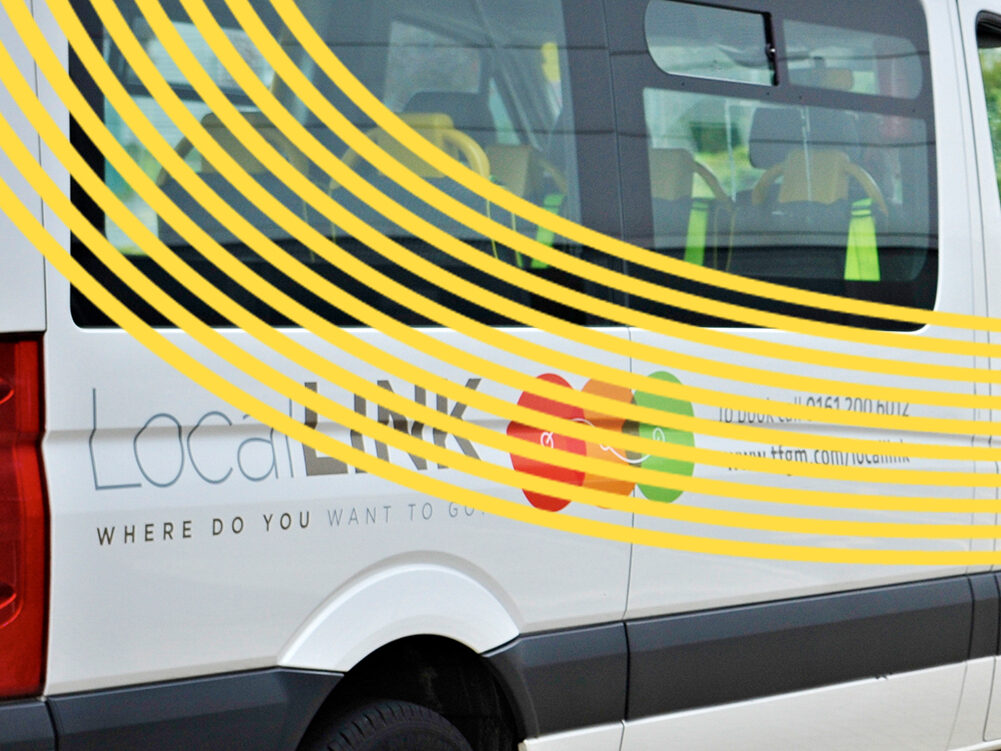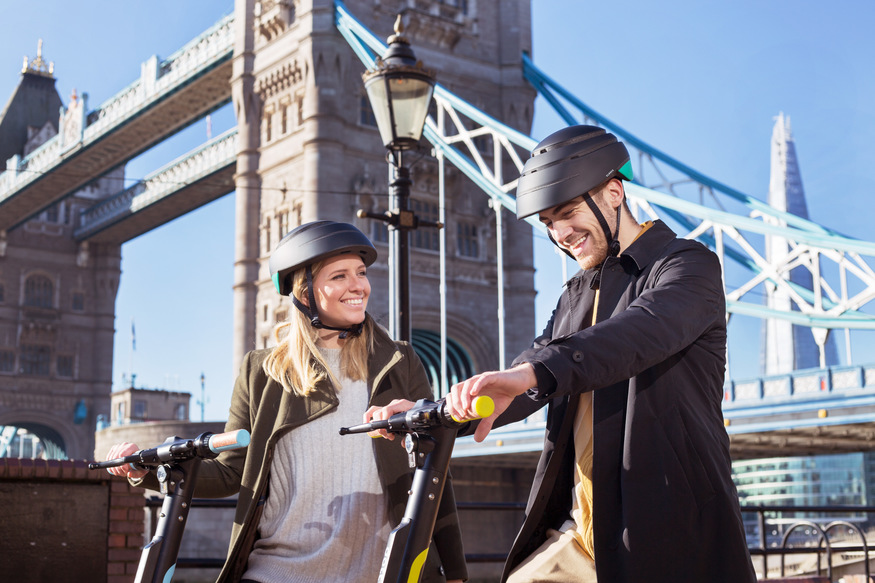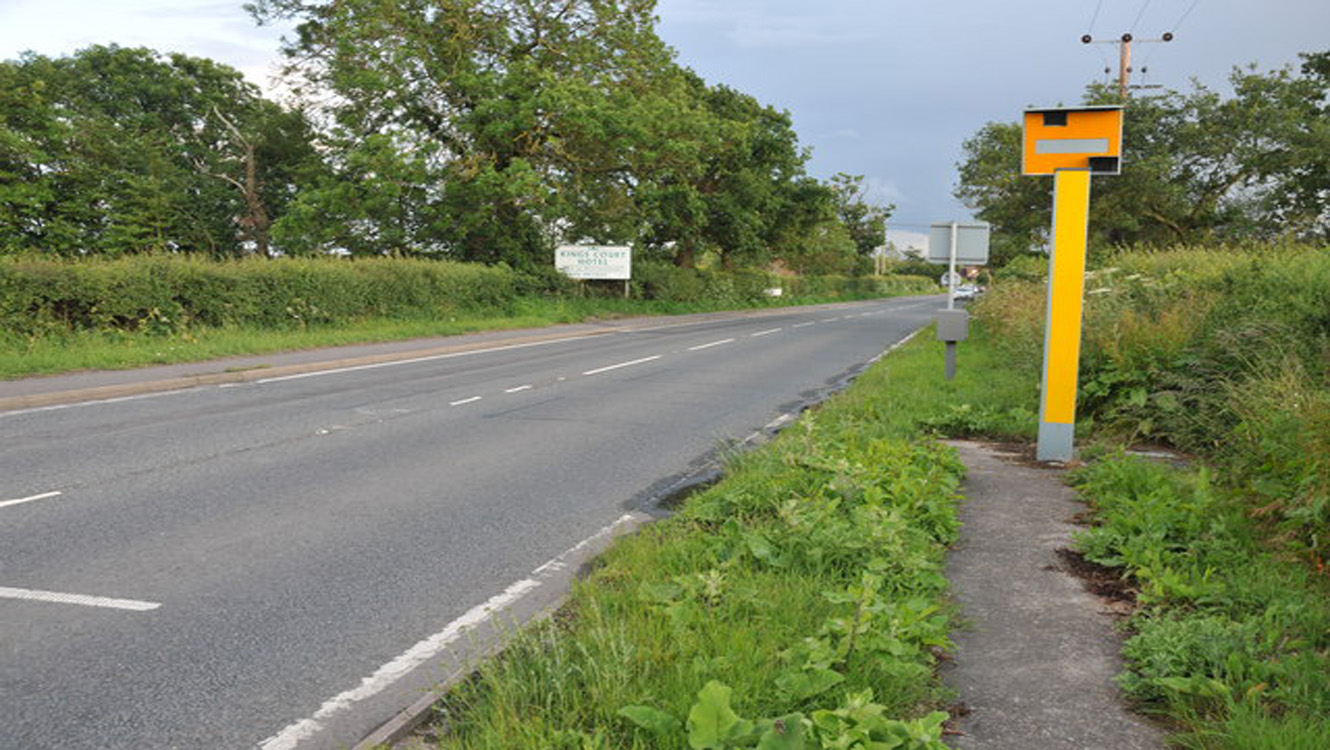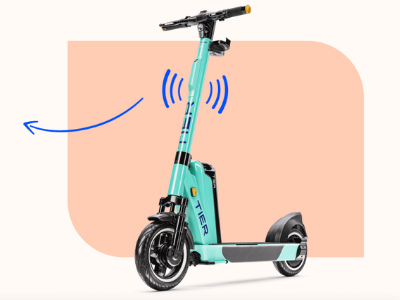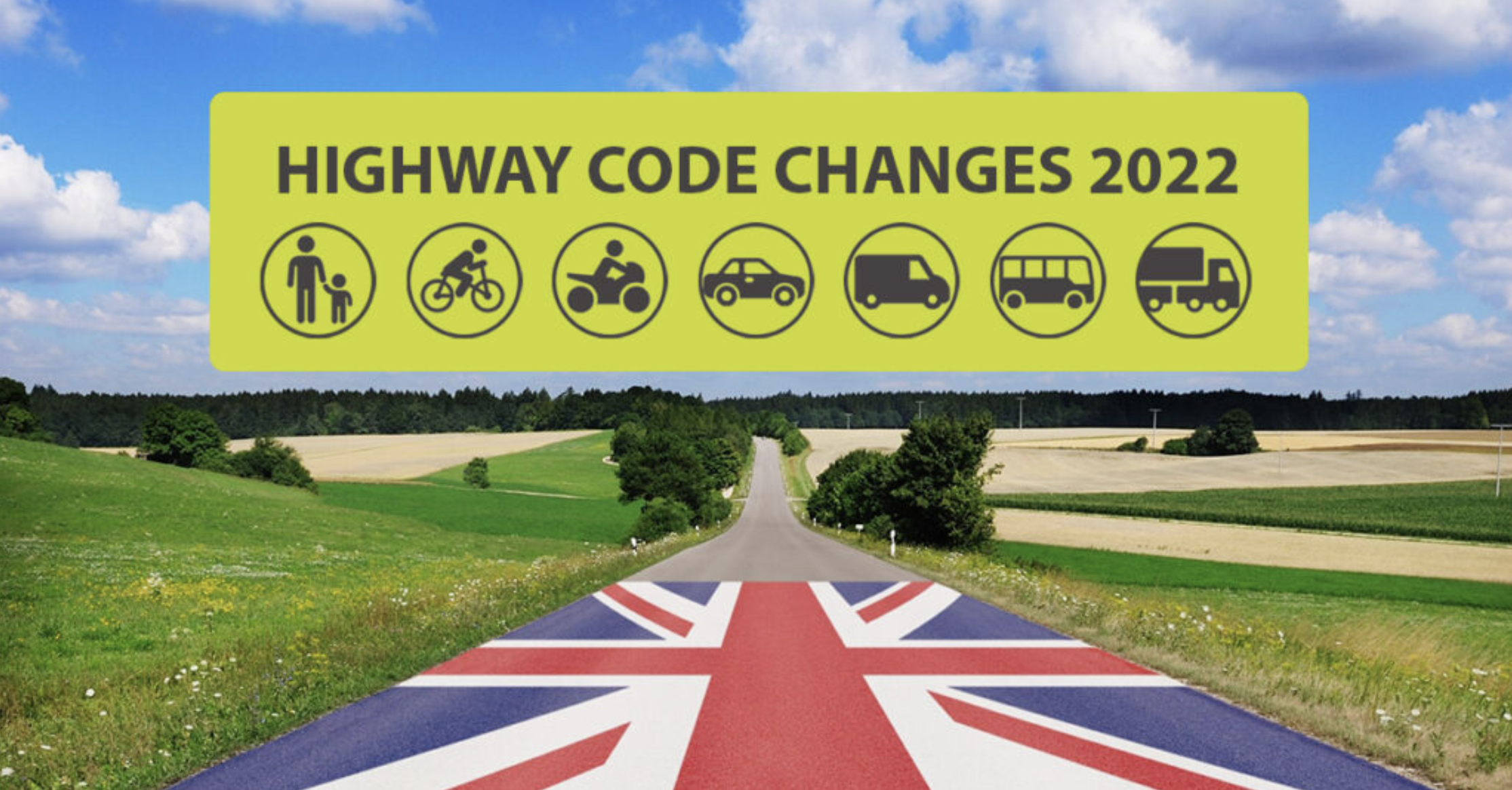In May 2021, Transport for London (TfL) installed pedestrian priority traffic signals at 18 crossings in London.
New data has revealed that the technology made journeys on foot quicker, with virtually no impact on traffic.
The priority signals show a continuous green pedestrian light until an approaching vehicle is detected. The signal then changes to red for pedestrians, allowing the vehicle to pass.
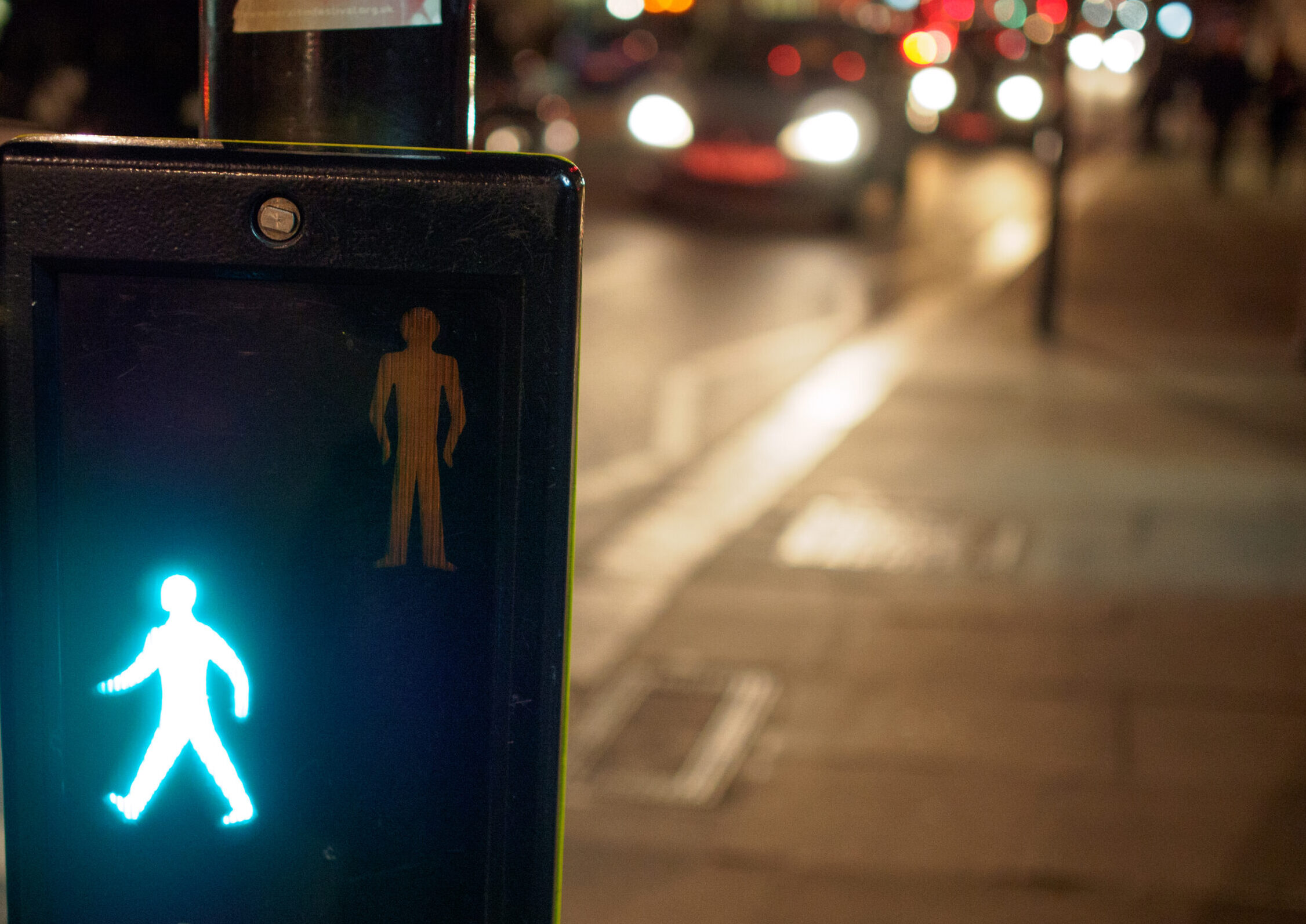
Throughout the trial, the average pedestrian priority signal displayed a green pedestrian signal for an extra 56 minutes a day. By reducing the pedestrian wait time, the total time saved by all pedestrians at the average crossing was 1.3 hours a day.
In addition to making pedestrian journeys quicker, the technology also improved people’s compliance with red lights at crossings, which increased by 13 percent. This increase therefore reduces the risk of collisions and improves pedestrian safety.
Will Norman, London's Walking & Cycling Commissioner, said:Walking is one of the best ways to get around London. It's green, it's clean, it's healthy and it is a great way to enjoy your local neighbourhood. Making our streets safer is key to enabling more people to switch more trips from cars to walking. I'm delighted that this innovative new technology is making pedestrian crossings safer and more convenient for people walking. I look forward to seeing how it can be rolled out to benefit other locations soon.
The data also shows that the signals had virtually no impact on traffic, as the greatest increase in journey time was reported as 9 seconds for buses and 11 seconds for general traffic. Some sites even showed improved journey times for traffic.
TfL’s data therefore suggests that traffic signals could be an efficient way to make walking in the capital safer and easier, which is a crucial step in delivering TfL and the Mayor’s Vision Zero commitment to eliminate deaths and serious injuries from London’s roads.
Glynn Barton, TfL's Director of Network Management, said:We're determined to keep people on London's roads moving as safely, sustainably and efficiently as possible, so it's brilliant to see the positive results of this trial. This new technology could provide us with another vital tool which we can use to make walking a natural choice for more journeys, reducing congestion and road danger and improving air quality for everyone.
Following the results of the trial, TfL is evaluating how the technology could be further improved and used at other locations across London, which would be dependent on government funding.




